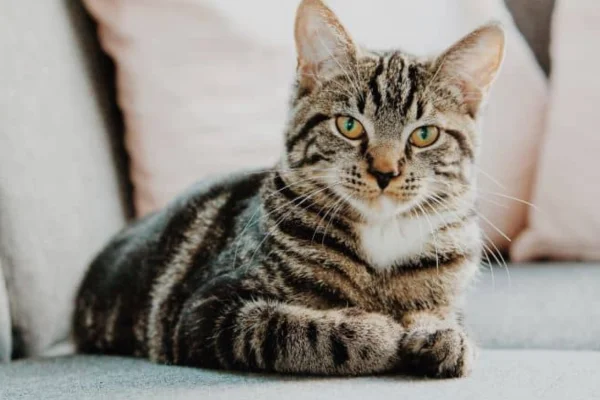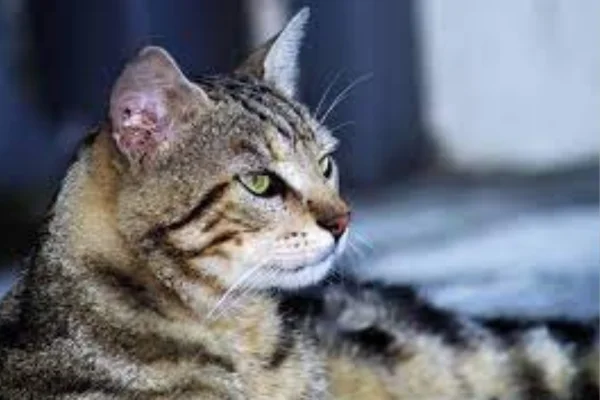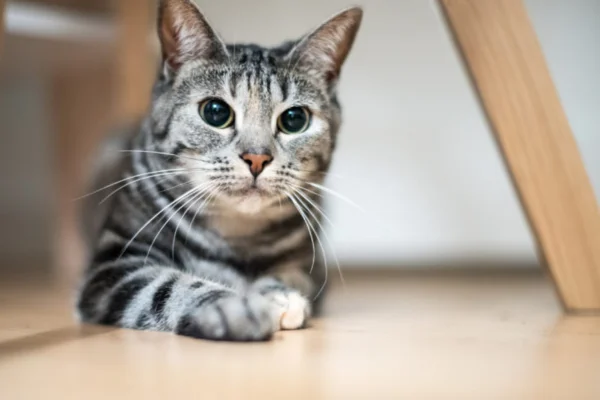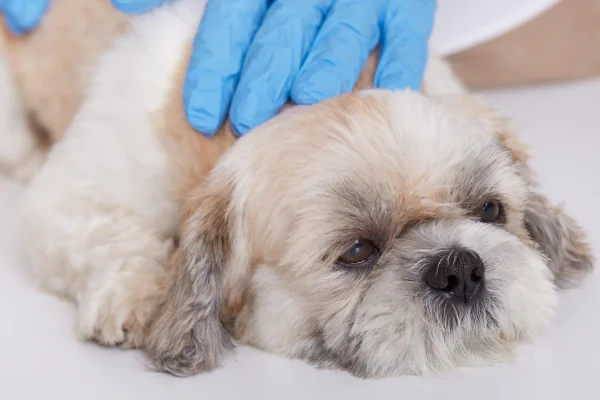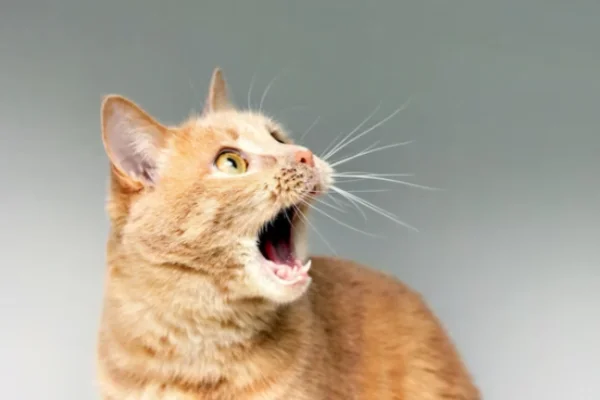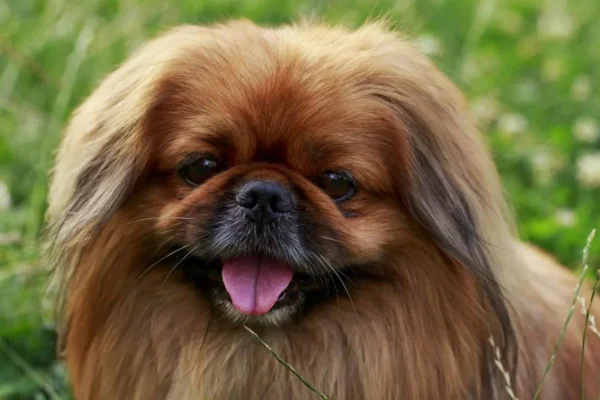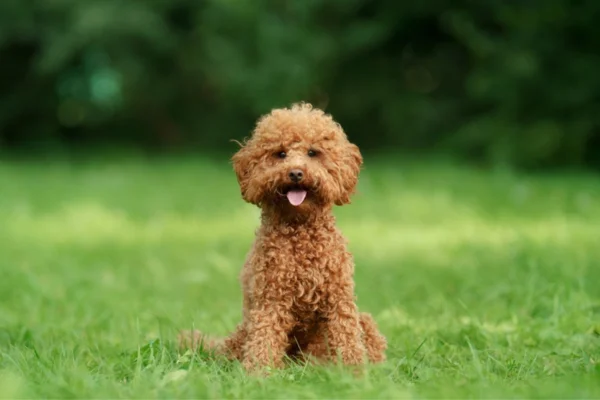European or Roman Cat: Exploring History and Genetic Variety
The European Cat, also known as the Roman Cat, represents an ancestral feline lineage that played a fundamental role in the history of Europe. Its presence over the centuries and its adaptability to different environments have contributed significantly to its genetic and morphological diversity.
Origins and Historical Legacy
The history of the European Cat dates back to Ancient Rome, where it was revered and associated with cultural beliefs and symbolism. Its presence was not limited to Rome; it spread throughout Europe, accompanying Roman expansion and adapting to different regions and climates.
Contents
Genetic and Morphological Characteristics
The genetic diversity of the European Cat is remarkable, reflected in variations in size, coat color and patterns. This morphological variety is the result of centuries of adaptation to different environments, contributing to their resistance and robustness.
Behavior and Interaction with Humans
These cats are known for their independent temperament and, at the same time, for developing close bonds with their owners. Their agility and intelligence make them endearing companions, capable of adapting to both urban and rural environments.
Care and Health Considerations
In terms of health, the European cat is generally robust, with no predisposition to specific genetic diseases. Basic care, including a balanced diet and regular visits to the vet, is fundamental to keeping them healthy.
Contributions to Feline Diversity
The history of the European Cat not only reflects its coexistence with humans over time, but also offers a rich genetic diversity. Its coevolution with humanity is a testament to the adaptation and variety among felines.
Curiosities about Cat European :
1. interactions in Ancient Rome:
In Ancient Rome, these cats were often depicted on artifacts and frescoes, symbolizing protection and good luck, and it is believed that they were companions to many Roman citizens.
2. Variety of colors:
The European cat has a diverse range of coat colors, including shades of grey, black, white and various combinations of patterns, reflecting its genetic diversity.
3. Resistance to climatic conditions:
This feline lineage has adapted to different environments and climates over the centuries, showing remarkable resistance to adverse conditions.
4. Influence on Mythology and Culture:
In addition to their presence in Ancient Rome, these cats were often mentioned in the mythologies and legends of various European cultures, attributing them mystical and protective attributes.
5. Evolution with Humanity:
Their coexistence with human beings throughout history not only reflects a remarkable adaptation, but also shows a close and important relationship in coevolution with humanity.
Conclusion
The European or Roman cat, with its rich and varied history, represents not only an ancestral lineage, but also a living example of the genetic and behavioral diversity of cats.
Its presence in European history and its adaptability over the centuries make this breed a fascinating source of study in animal biology.
This article has provided a more detailed exploration of the characteristics and importance of the European Cat or Cat Romano, offering a more technical and comprehensive perspective on this remarkable feline breed.
Frequently Asked Questions about the European Cat
1. What is the historical origin of the European or Roman Cat?
Its lineage goes back to Ancient Rome, where it was associated with cultural symbolism and spread throughout Europe.
2. What are the main genetic and morphological characteristics of this breed?
The European cat has an impressive genetic diversity, reflected in variations in size, coat color and distinct patterns.
3. What is the typical behavior of the European Cat towards humans?
These cats are known for being independent but capable of forming close bonds with their owners, adapting well to both urban and rural environments.
4. Is the European or Roman cat predisposed to specific health problems?
In general, they are robust cats with no tendency to specific genetic diseases, but basic care is essential to maintain their health.
5. What is the historical and genetic importance of the European Cat in feline evolution?
The history of this lineage not only reflects its coexistence with humans over the centuries, but also offers a remarkable genetic richness in the diversity of felines.
Thank you for visiting and come back often
Don't forget to visit our store.
https://cuidar.petlove.com.br/gatos

